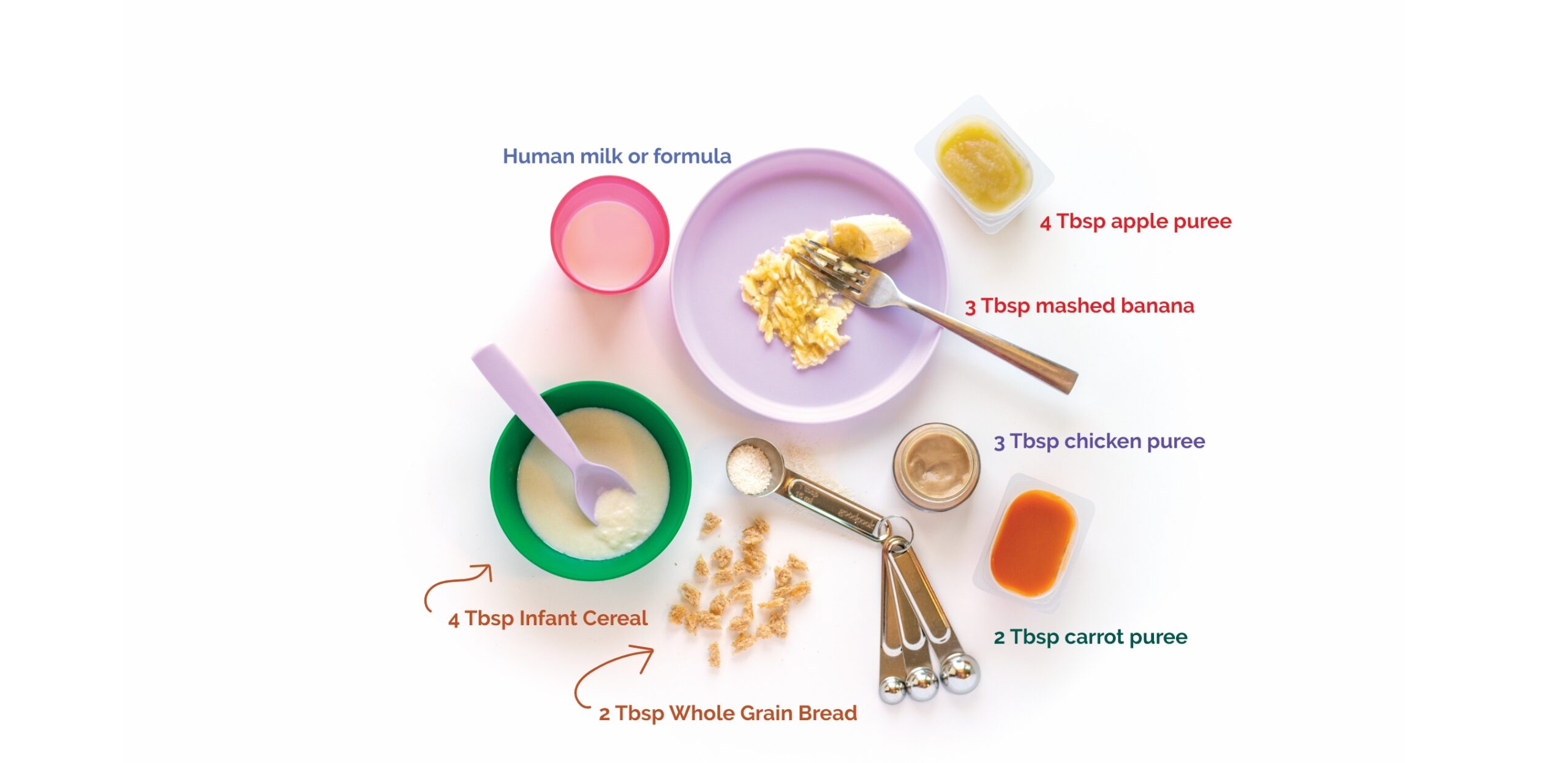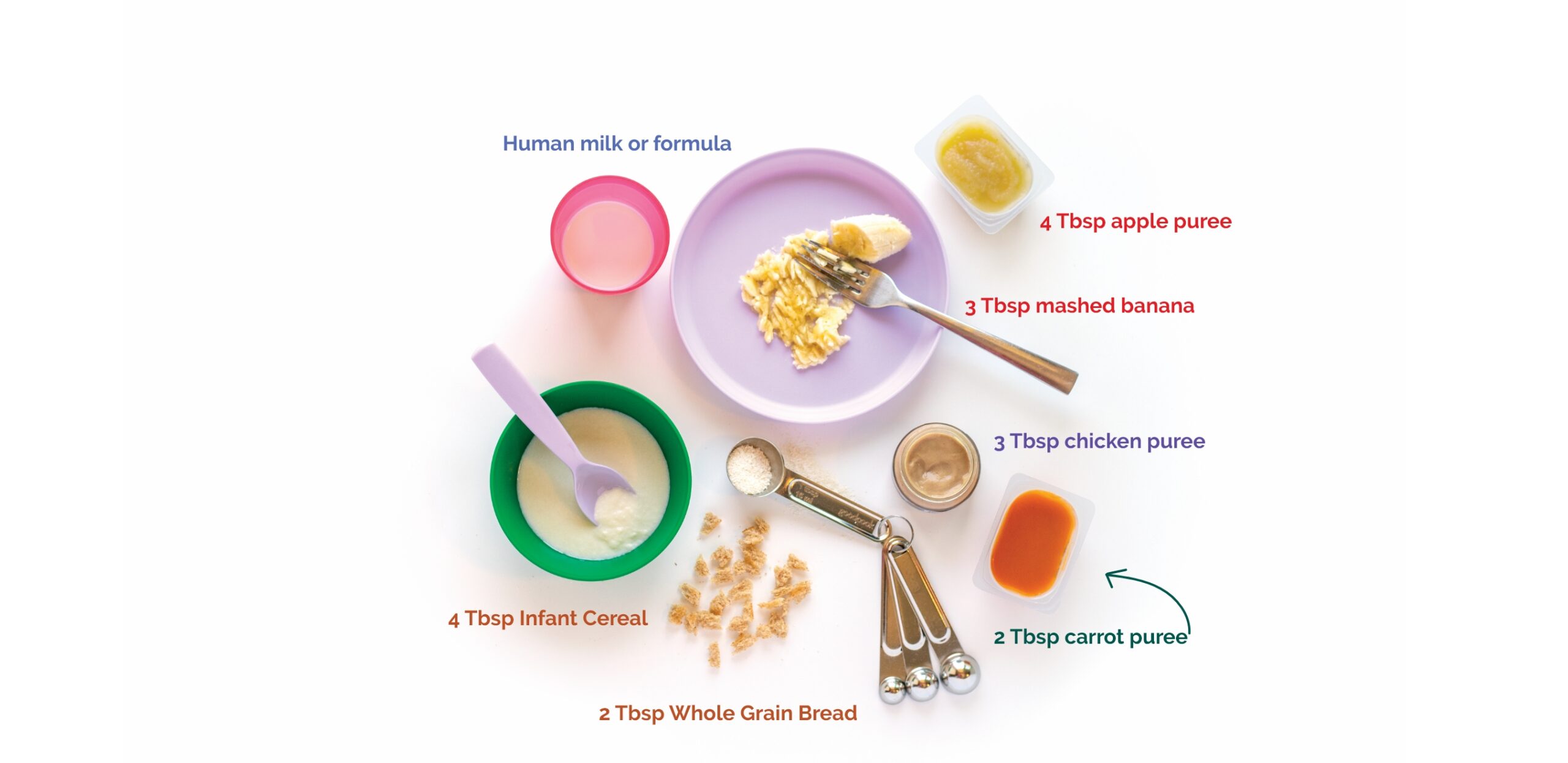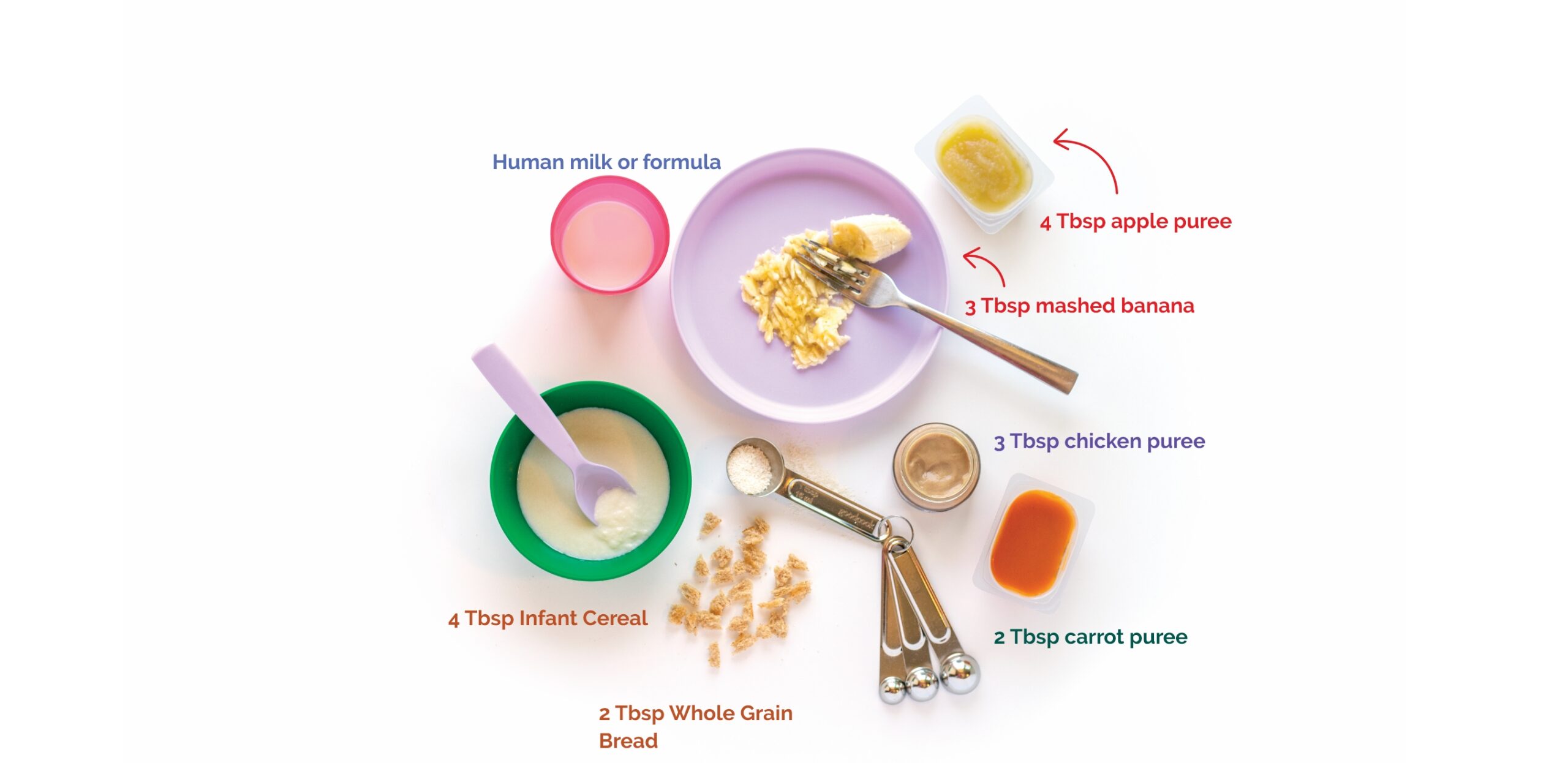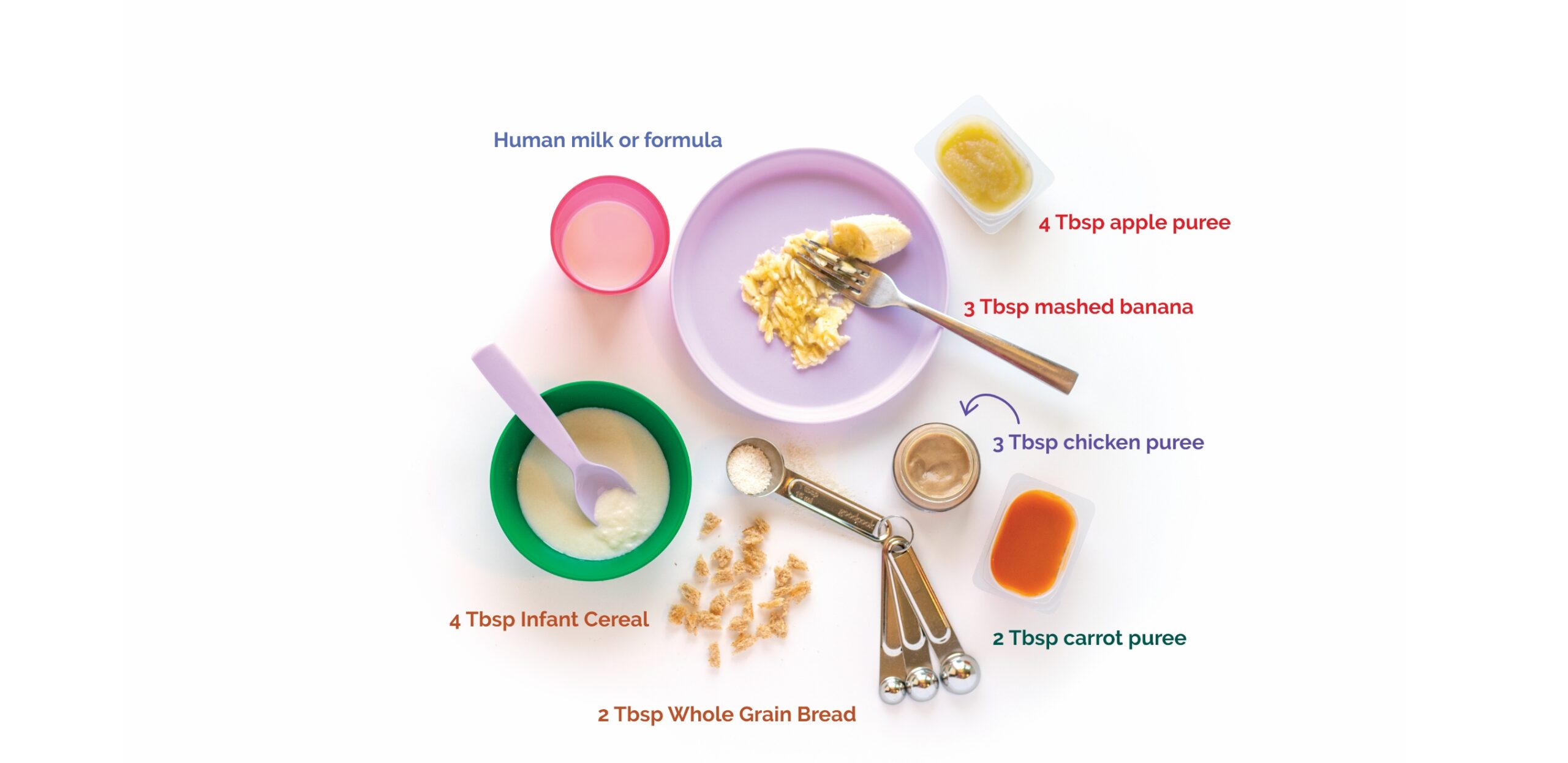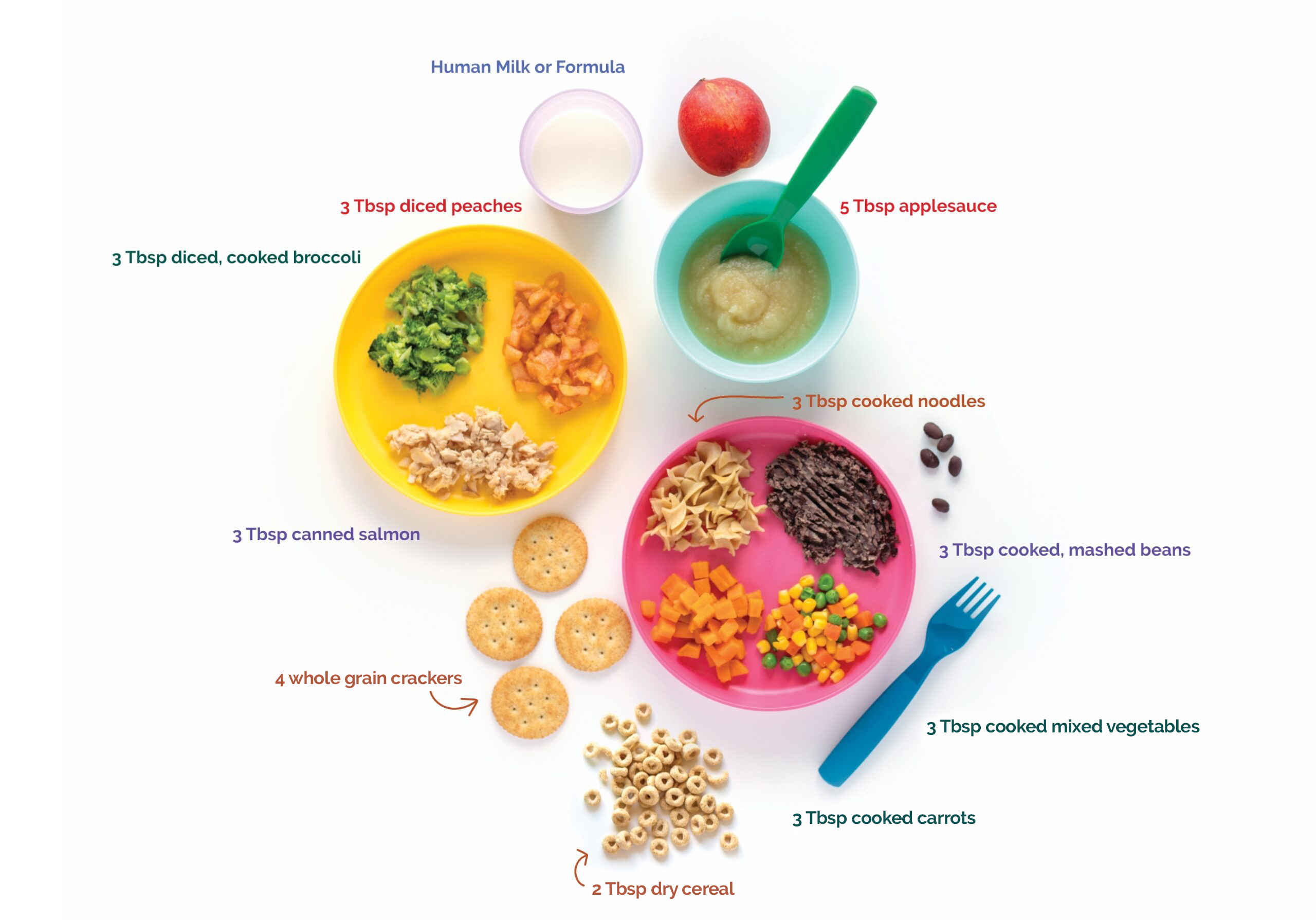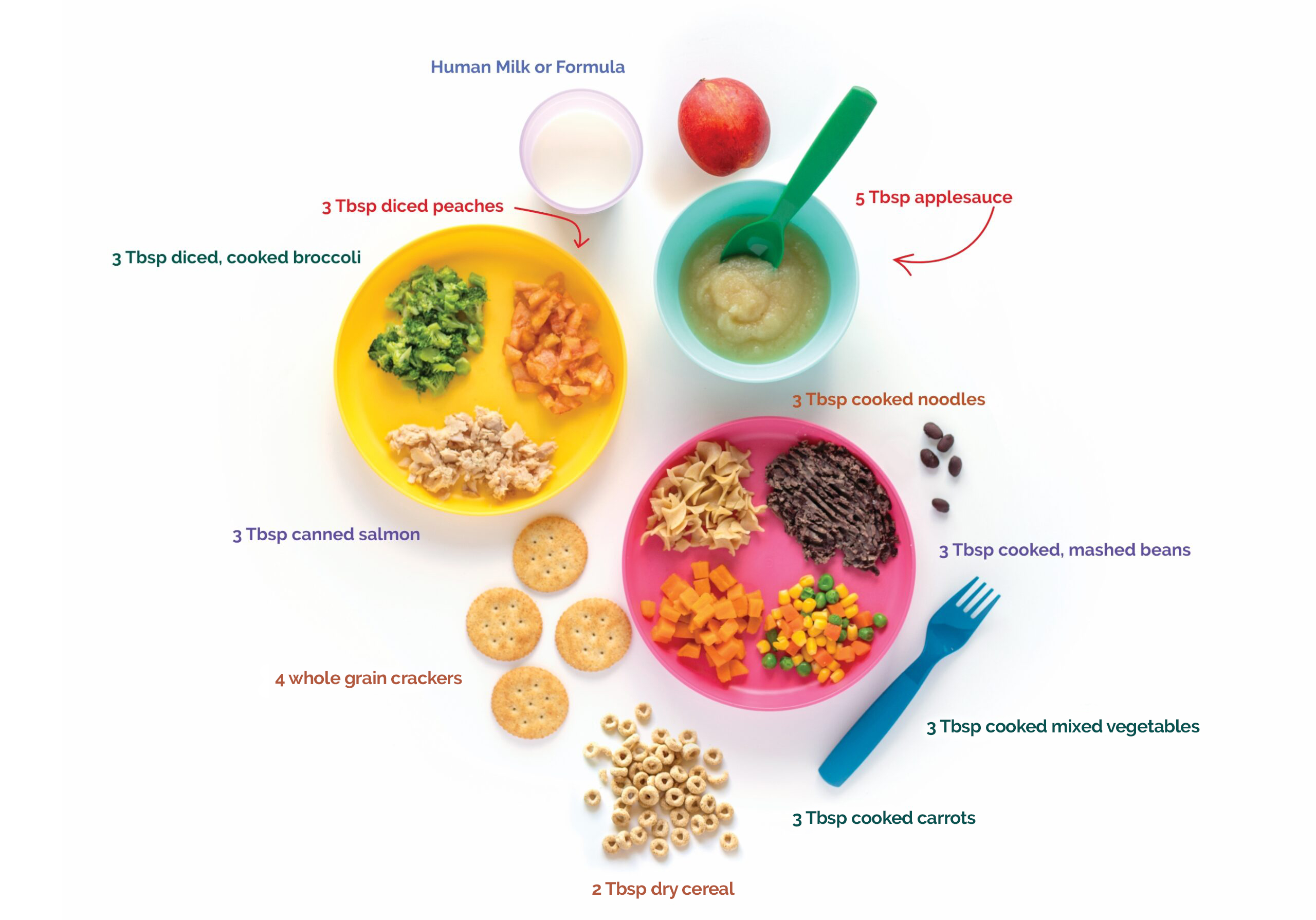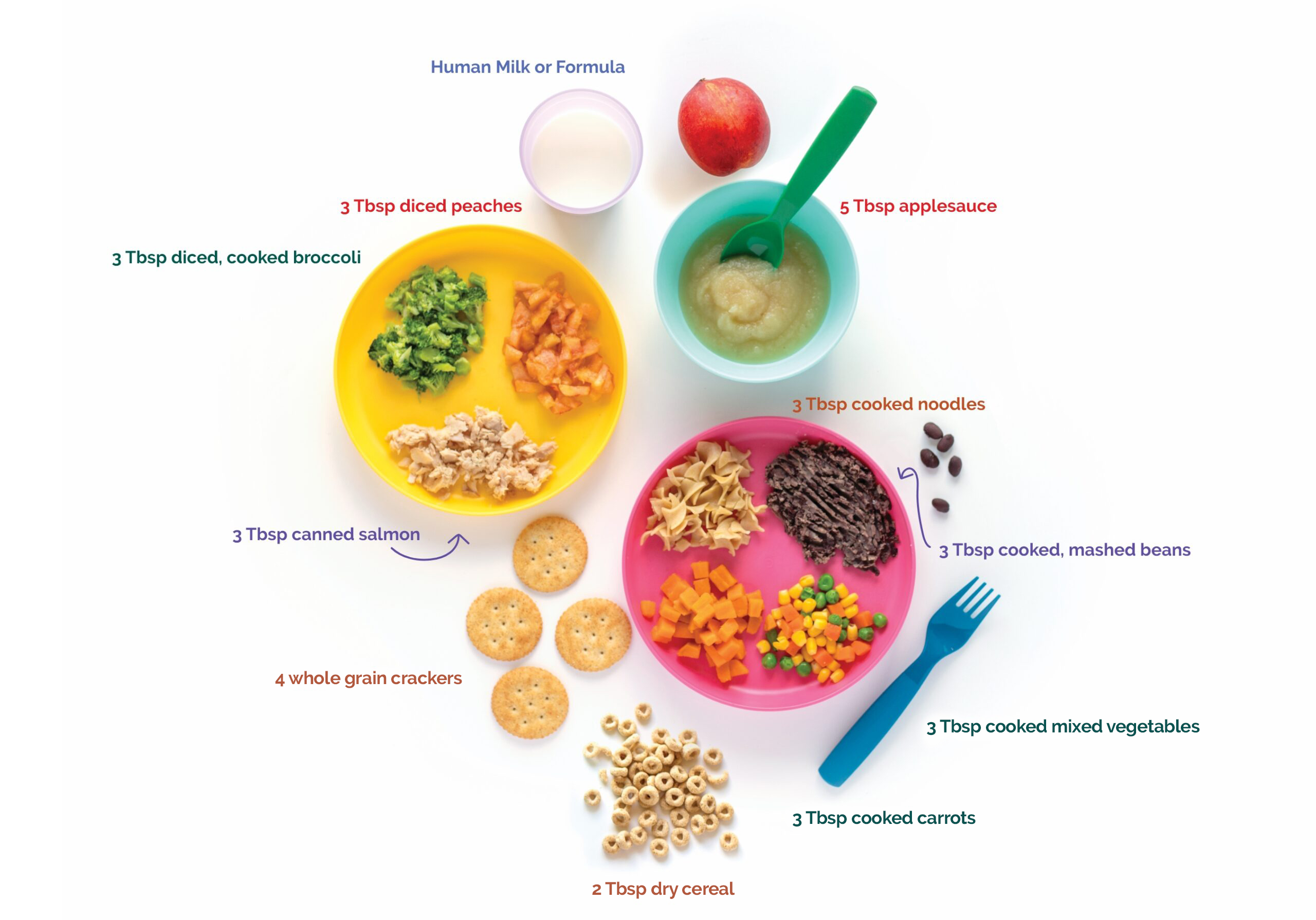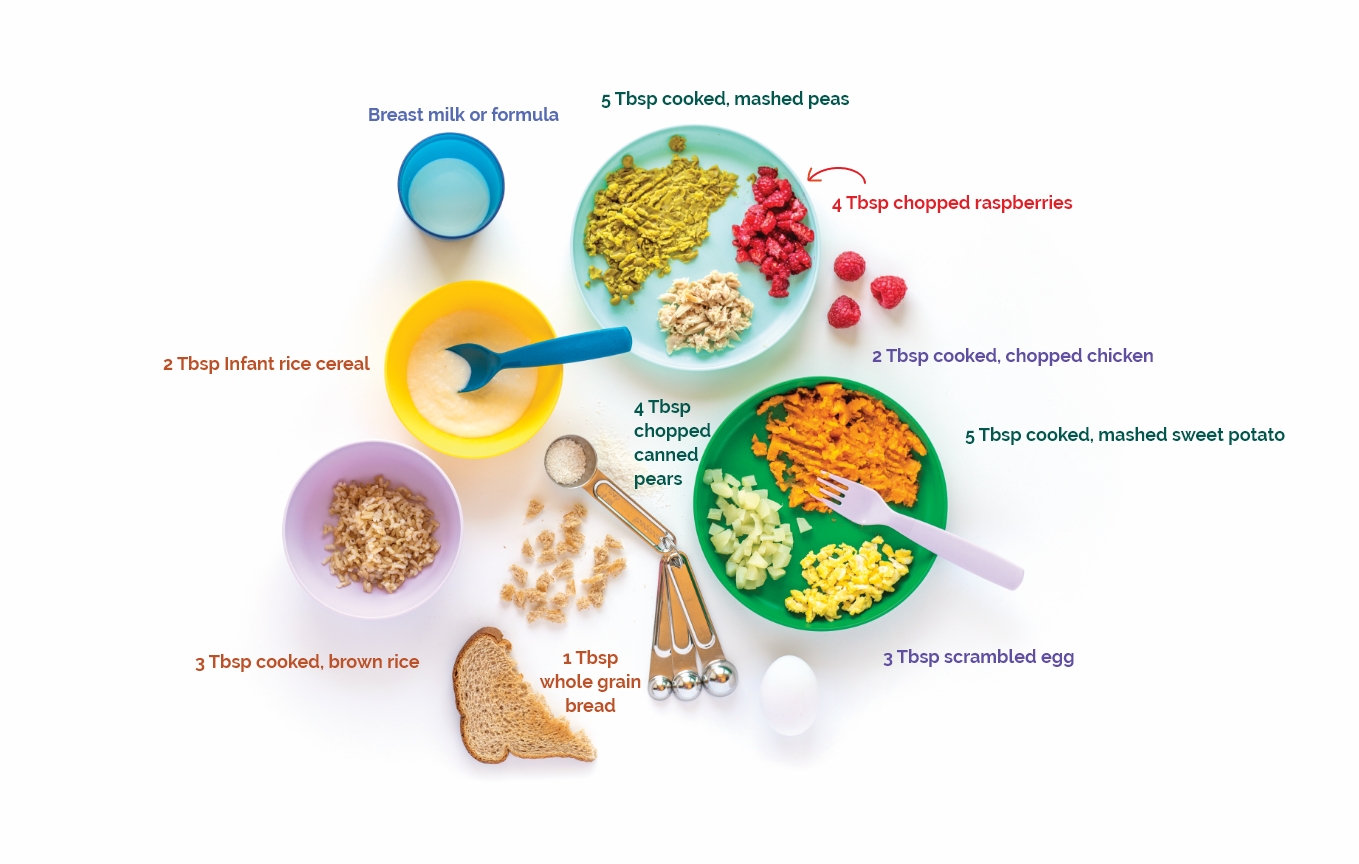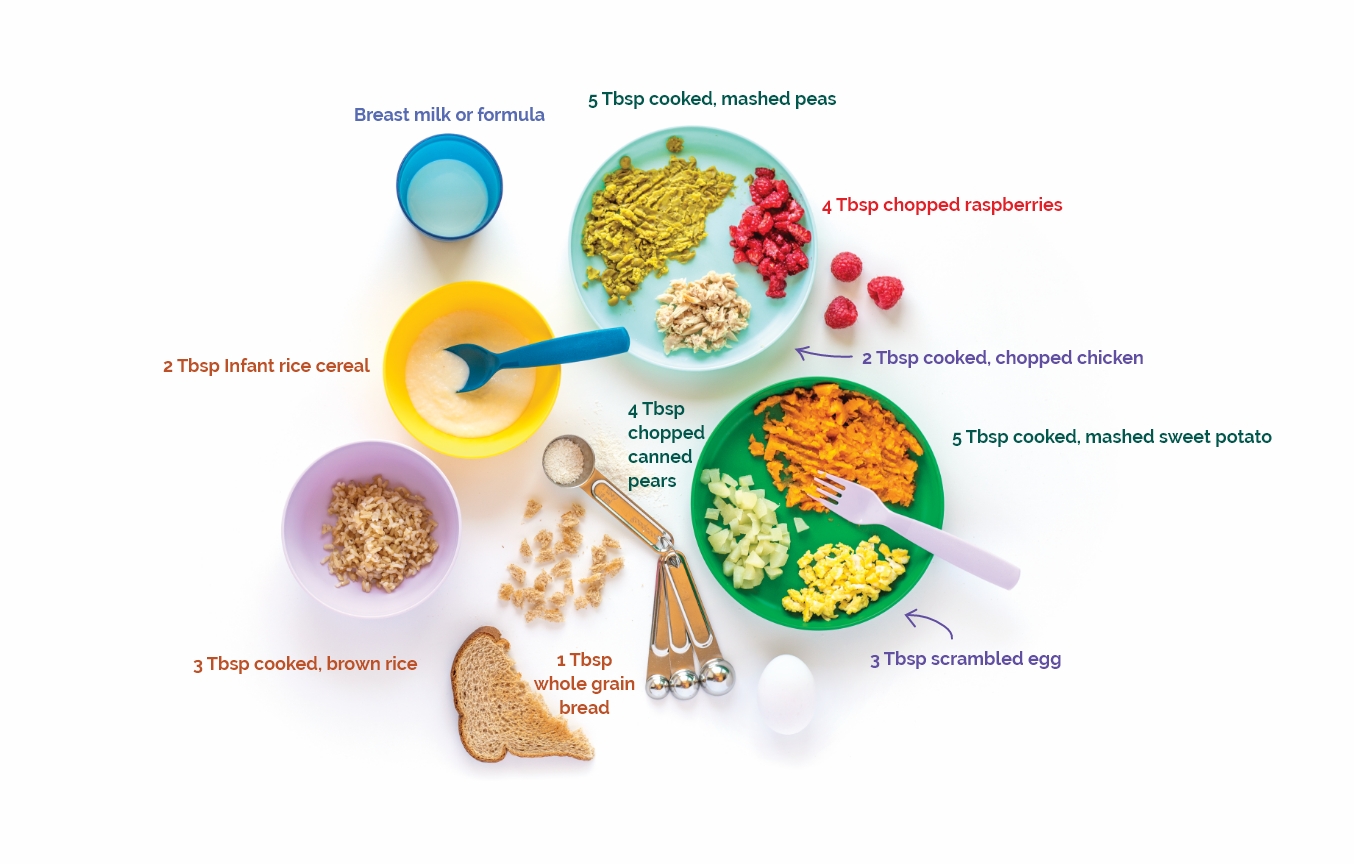Keeping your child’s teeth healthy from an early age helps prevent cavities and sets the stage for lifelong good habits. Here are answers to common questions about caring for your child’s teeth and gums.

Your Questions Answered: Taking Care of Your Child’s Teeth Age 1-5
- Home
- Live Well Blog
- Your Questions Answered: Taking Care of Your Child’s Teeth Age 1-5
May 21, 2025
Children
How Do Cavities Start?

Everyone has bacteria in their mouth.

When bacteria in the mouth mixes with food, it forms a sticky layer called plaque.

Plaque bacteria use sugars and starches from food and drinks to make acid.

Acid weaken tooth enamel and causes cavities.
Preventative Care
How Can I Prevent Cavities and Tooth Decay?
You can help protect your child’s teeth by following these steps:
- Give your child healthy foods and limit juice, sugary drinks, candy, and desserts.
- Brush your child’s teeth twice a day for 2 minutes using a soft toothbrush. Let your child watch you brush your teeth, too!
- Never put your child to bed with a bottle unless it only has water.
- Take your child to the dentist regularly to check for any tooth problems.

When Should I Start Flossing My Child’s Teeth?
- Once your child has two teeth that touch, start flossing.
- Keep helping until they can floss on their own, usually between ages 7 and 10 years.

What’s the Best Way to Brush?
- Brush gently in small circles on all sides of the teeth.
- Use a back-and-forth motion on the chewing surfaces.

What Kind and How Much
Toothpaste Should I Use?
Toothpaste Should I Use?
Use fluoride toothpaste, as recommended by dental experts:
- For babies and toddlers under 3 years, use a tiny smear (about the size of a grain of rice).
- Around age 3, when your child learns to spit, use a pea-sized amount.
What About Fluoride Varnish?
The American Academy of Pediatrics recommends fluoride varnish every 3-6 months. Fluoride varnish is like a vitamin boost for your kid’s teeth. It’s a safe, sticky gel that a doctor or dentist paints on.
Here’s what it does:
- Makes Teeth Stronger: It helps make the outside of teeth (enamel) tougher, so they can fight off cavities.
- Stops Cavities: It helps stop new cavities from starting and can even help heal tiny ones that have already begun.
- Easy to Use: It dries fast and sticks to teeth, so it works for months after the dentist applies it.
- Safe for Kids: It’s safe for kids of all ages, even babies.

Dental Care Basics
When Should My Child Visit the Dentist?
Schedule your child’s first dental visit by their first birthday.
The visit should be friendly and educational so your child feels comfortable. After that, take your child to the dentist every six months to keep their teeth healthy.
When Can My Child Brush Their Own Teeth?
Once your child can hold a toothbrush, start teaching them how to brush.
Keep helping until they can spit out the toothpaste on their own, usually around age 7 or 8 years.
When Should I Replace My Child’s Toothbrush?
Replace your child’s toothbrush every 3 months or sooner if the bristles are worn out.
It’s also a good idea to get a new toothbrush after your child has been sick.
Is It Okay to Store Family Toothbrushes in the Same Cup?
No, because bacteria can spread from one toothbrush to another.
When toothbrushes touch, bacteria from one person’s mouth can transfer to another’s. If someone in the household is sick, it can increase the risk of spreading infections.
Toothbrushes stored together in a cup also often remain damp, creating an ideal environment for bacteria and mold to grow. It’s best to store toothbrushes upright in individual holders, allowing them to air dry. If using a shared holder, make sure toothbrushes are spaced apart and not touching.
Nutrition and Dental Health
Can Certain Foods and Drinks Cause More Cavities?
Yes! Here are some tips to keep your child’s teeth healthy:
- Encourage water as the main drink.
- Help your baby stop using a bottle by 12-18 months to prevent tooth decay and other issues.
- Limit juice to 4 ounces per day for kids ages 1-3 years, and 4-6 ounces for older kids.
Don’t offer sugary drinks before 2 years of age, including soda, fruit drinks, lemonade, and sports drinks.
What Foods Help Keep Teeth Healthy?
A balanced diet with protein, fruits, vegetables, whole grains, and dairy helps build strong teeth.
- Fruits and vegetables provide vitamin C for healthy gums.
- Dairy foods like milk, yogurt, and cheese give calcium for strong teeth and bones.
- Cheese is a great snack because it helps protect teeth from acid.
Make brushing fun!
- Let your child pick out their own toothbrush.
- Play a silly song or wear a funny hat while brushing.
- Try a power toothbrush with a built-in timer.
- Find fun activities and coloring sheets at the American Dental Association website.

Healthy Teeth, Happy Smiles!
Taking care of your child’s teeth early on helps them develop strong, healthy smiles for life. By following these simple steps, you’re setting them up for good dental habits. If you have any concerns about your child’s teeth, talk to your dentist or pediatrician.
REFERENCES
Tooth decay. (2023, August 28). MedlinePlus.
https://medlineplus.gov/toothdecay.html
American Academy of Pediatric Dentistry. (2024). Policy on use of fluoride. In The Reference Manual of Pediatric Dentistry (pp. 101-103).
https://www.aapd.org/globalassets/media/policies_guidelines/p_fluorideuse.pdf
American Academy of Pediatric Dentistry. (2024). Policy on early childhood caries (ECC): Consequences and preventive strategies. In The Reference Manual of Pediatric Dentistry (pp. 89-92).
https://www.aapd.org/globalassets/media/policies_guidelines/p_eccconsequences.pdf
Age group resources: Tips for parents. (n.d.). My Children’s Teeth. Retrieved March 21, 2025, from
https://www.mychildrensteeth.org/age-group-resources/tips-for-parents/
Shu, J. (2023, July 3). From bottle to cup, Helping Your Child Make a Healthy Transition. HealthyChildren.org.
https://www.healthychildren.org/English/ages-stages/baby/feeding-nutrition/Pages/Discontinuing-the-Bottle.aspx
Choose water for healthy hydration. (n.d.). HealthyChildren.org. Retrieved March 21, 2025, from
https://www.healthychildren.org/English/healthy-living/nutrition/Pages/Choose-Water-for-Healthy-Hydration.aspx
Dietary guidelines for babies and toddlers: A fact sheet. (n.d.). DietaryGuidelines.gov.
https://www.dietaryguidelines.gov/sites/default/files/2021-12/DGA_Babies_FactSheet-508c_0.pdf
American Academy of Pediatric Dentistry. (n.d.). Healthy smiles guidebook.
https://www.aapd.org/assets/1/7/HealthySmilesGuidebook.pdf
Seymore, B. (n.d.). A mom’s guide to fluoride. MouthHealthy.org.
https://www.mouthhealthy.org/life-stages/babies-and-kids/moms-guide-to-fluoride
Resources. (n.d.). MouthHealthy.org. Retrieved March 21, 2025, from
https://www.mouthhealthy.org/resources
Author: Bridget Swinney MS, RDN, LD
